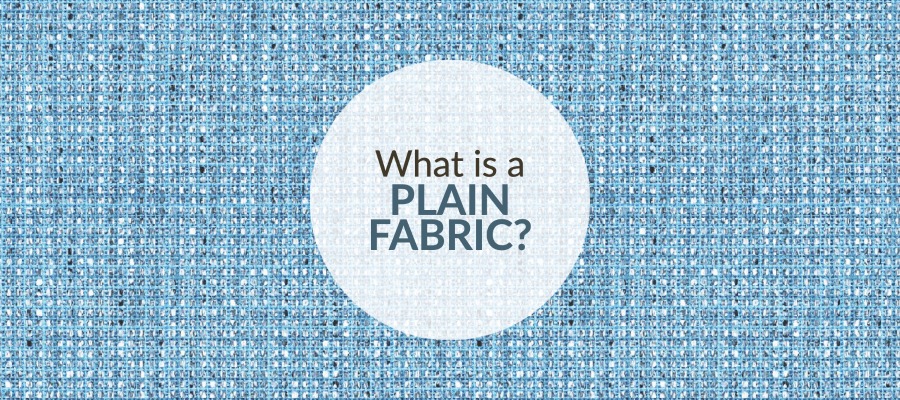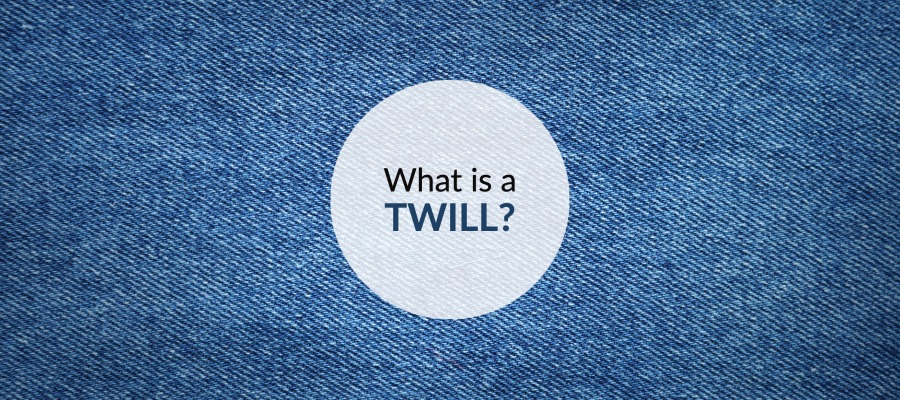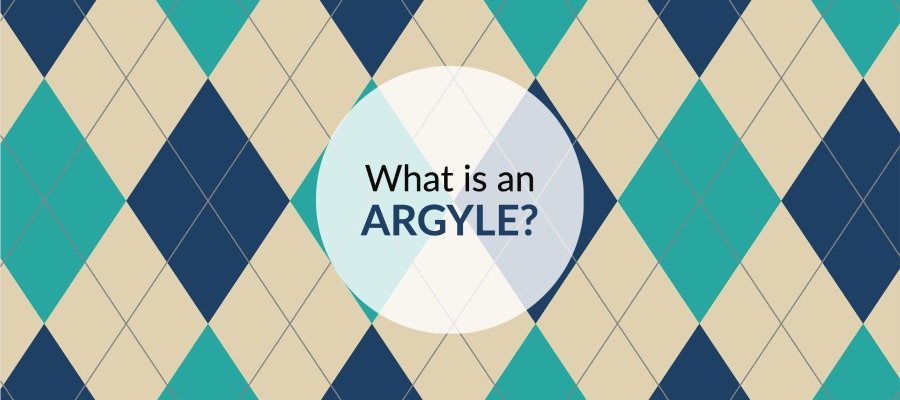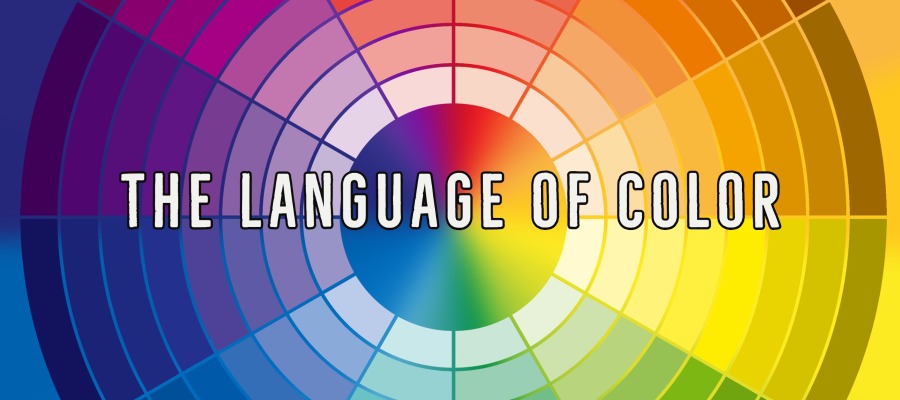
What are Plain Fabrics?
Textile and pattern designers often throw down a term that seems counterintuitive, plain fabric. When we say plain fabric, we’re referring to a material with minimal patterning and usually solid or tonal in color. If we’re being honest, nothing about fabric or pattern is ever plain at all! Look closely at even the most unassuming material; something is fascinating about it.
Designers in the interior design market often think about creating patterns and fabrics to be used as part of a group of materials in a space. Within that space, there may be three or four fabrics coordinating together. Usually, one of those patterns will be a prominent feature pattern, another a minor pattern, and one a plain. For example, a couch may have one fabric, the pillows on that couch another, and the chair will be another still.
When used in a group, a plain gives the eye a place to rest and helps set off all the other patterns in the group. Additionally, it can help carry a color story between different elements so that everything doesn’t necessarily have to be super matchy.
Different kinds of plain fabrics.
Some plain fabrics are very subtle. At first glance, it may seem like not much is going on. These materials are overwhelmingly solid, and what patterning there is usually comes from the woven structure, how the yarns in the warp and weft of interlacing.
Many plain fabrics are highly textured. Texture adds a lot of visual and tactile interest to the material. These fabrics may look solid at first but have a subtle color interest. Designers create a textured plain fabric using a combination of weave structure, yarn structure, and fiber content. In digital printing, patterns that look like they have woven texture can be printed to get the look of something tactile while not actually woven.
Other plain fabrics are referred to as patterned plains or textured prints. These types of plain fabrics have an allover pattern to them that starts as surface design. Yet, it is not a traditional pattern with clear motifs such as polka dots or flowers. A patterned plain may be irregular lines or overlapping shapes. The eye can sense an actual pattern but not a layout. Squint, and the patterning disappears. It just reads as a texture. A patterned plain is practical when a designer wants more dimension or a sense of irregularity.
Interior designers and textile designers both play with plain fabrics to enhance a grouping of materials. The goal is for all materials to work together to create a beautiful space that serves the intended purpose.
Share this post
Author
DESIGN/COLOR TRENDS AND AWESOME INFORMATION IN YOUR INBOX
Sign up for our monthly trend letter







